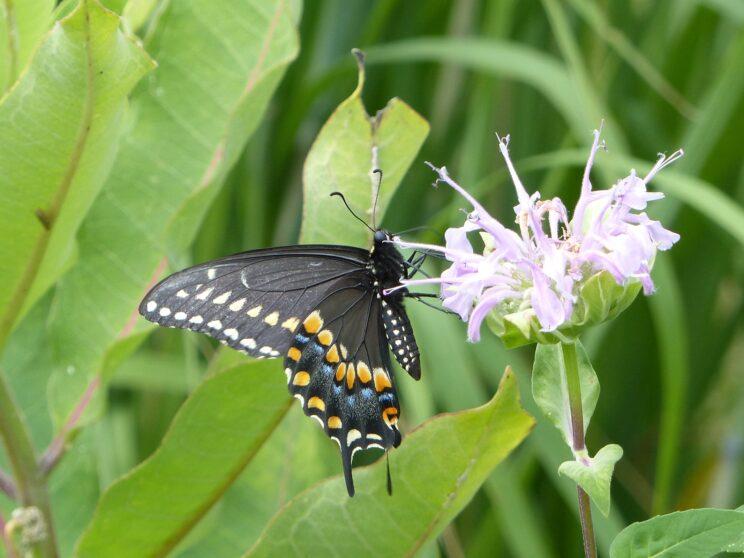As Spring approaches, we look forward to a new year of gardening, stewardship, bird watching and protecting the natural habitats we care about. Some things can be accomplished by groups of people and others can be done at home. For example, a cluster of homes with native plant gardens can become a wildlife corridor and provide many of the same ecological services as parks.
Here are some ways to make a difference:
- Join local groups working to protecting nature. You’re not alone.
- Be aware of legislation and proposals that impact natural areas.
- In parks, stay on trails and don’t disturb or feed wildlife or remove plants
- Leave the leaves in your yard to protect pollinators and other beneficial insects
- Plant native plants and convert areas of lawns to naturalized gardens

Who can be involved?
I’m very excited to be able to share my love of nature and how to protect it with you. Unlike many other nature writers I am not a master gardener, biologist, ecologist or educator. I’ve simply loved nature all my life. I don’t feel I have to be in it all the time – sometimes just seeing that wildlife will continue to exist and thrive is enough.
My main objective is to connect people with the resources they need to do whatever they can to help. I am a business analyst at the Centre for Social Innovation and became the volunteer coordinator for the High Park Stewards because I could do the needed admin work. I mention this to let everyone know that all their collective skills are needed in whatever way they can apply them.
Things to do Together
The City of Toronto has a number of great initiatives to increase habitat for nature including the Pollinator Strategy, Biodiversity Strategy and Ravine Strategy.
Toronto’s 1500 parks include over 80 Environmentally Significant Areas (ESAs). Development and pressure from people wanting to “get out in nature” are a constant threat to the wildlife that call them home. Please follow park bylaws so nature and people both win.
Ontario Nature and ProtectNatureTO have many different campaigns and excellent information on nature and how to protect it. Share your concerns.
High Park Nature has links to other nature related groups to join and webinars to view. There are resources like maps and studies, and the plant, insect, bird and other wildlife galleries have beautiful and inspiring photographs. The Toronto Biodiversity Booklet series is another great resource.
Things to do at Home
One of the best things you can do for nature is to grow native plants as food and shelter for birds and other wildlife. Project Swallowtail, Pollinator Partnership and LEAF will be providing native plant kits and information on growing them to homes in specific Toronto areas. You can join citizen science projects like iNaturalist to add your observations and register your garden too.
This article was written for Toronto.com and was published on March 18, 2021
















